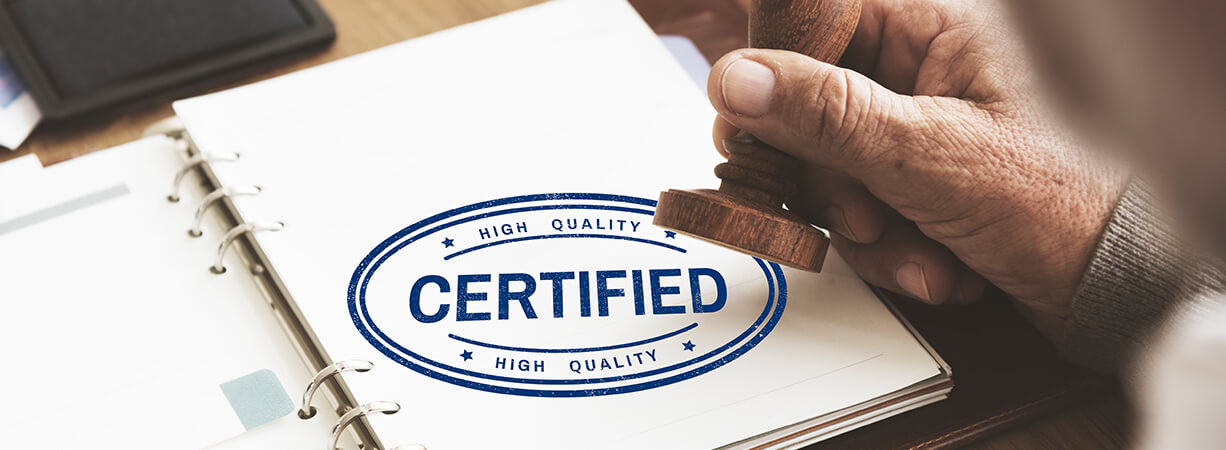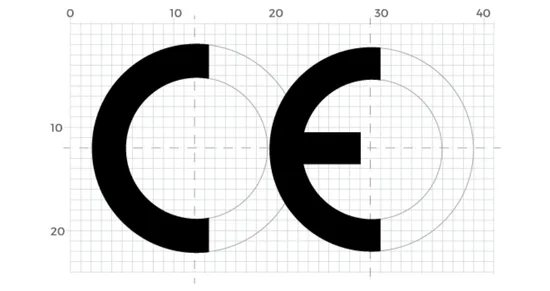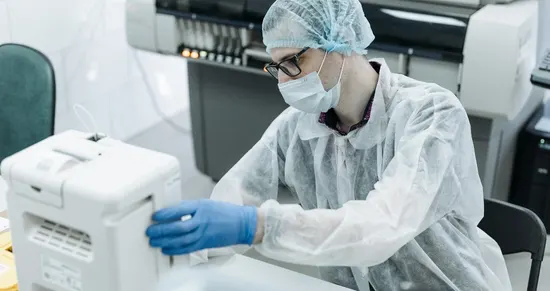Any product when developed has the objective to fulfil user needs and market requirement and hence it becomes pertinent to evaluate and provide evidences that a medical device meets these requirements. Industries define validation as process of establishing documentary evidence demonstrating that a procedure, process, or activity carried out in production or testing maintains the desired level of compliance at all stages.
Validation is requirement of various regulatory agencies in order to determine / assure that the process in use constantly brings out the expected and reproducible output. Validation is performed to ensure product quality, safety and efficacy throughout the life cycle of medical device.
These validations can be either for design or for processes. Design validations usually include Usability Validation, Clinical evaluation, software validation and other external testing, for tests demonstrate that the medical device functions as expected and meets the user needs.
Many regulatory agencies and international regulatory standards continue to evolve and become more stringent. Medical devices are also becoming smaller and more complex in design, sometimes using advanced, engineered plastics. This makes the process of validation and verification (V&V) even more important—to not only comply with regulations, but also design the highest-quality part and production process. The result is better repeatability, fewer mistakes, less rework and redesign, faster time to market, improved competitiveness, and lower production costs.







